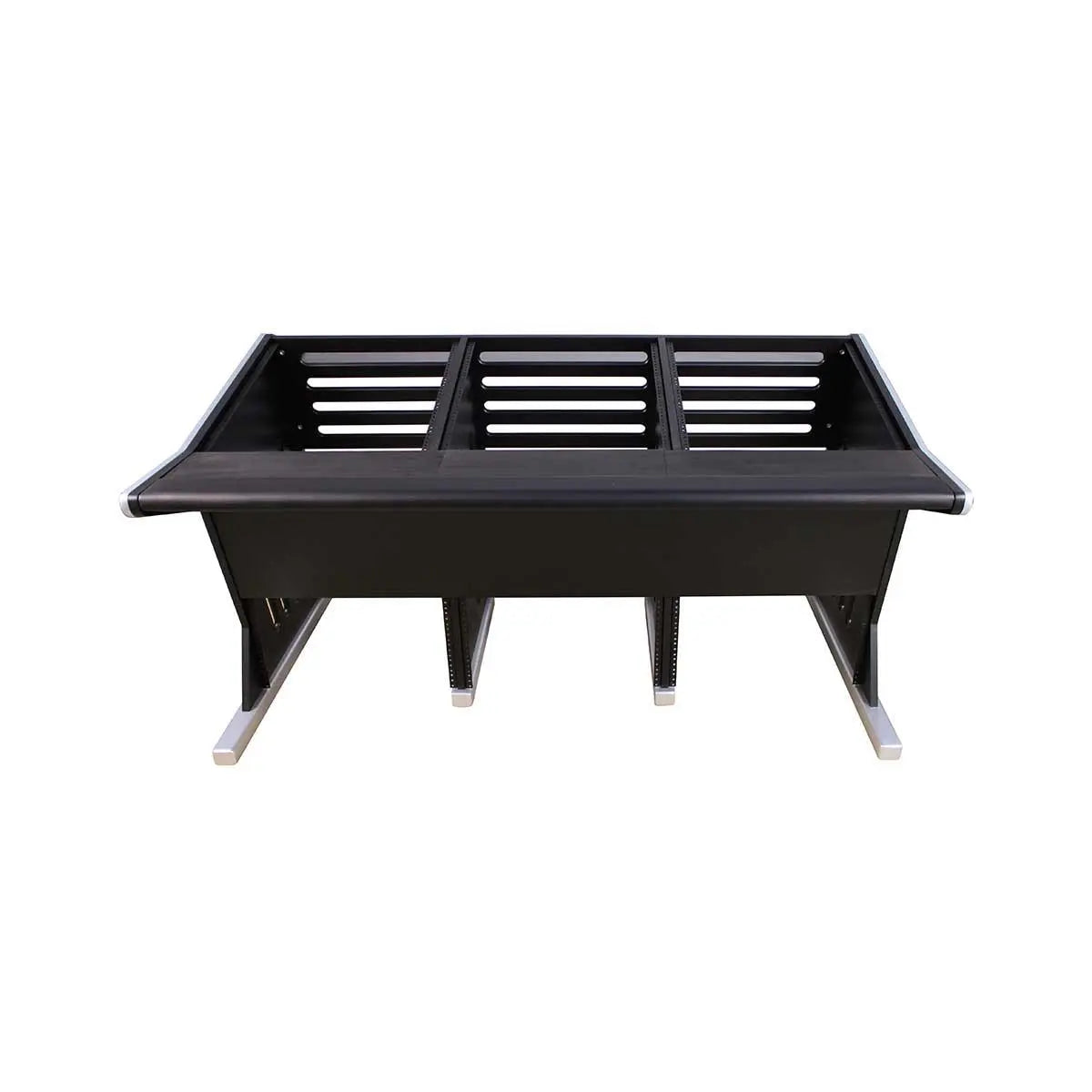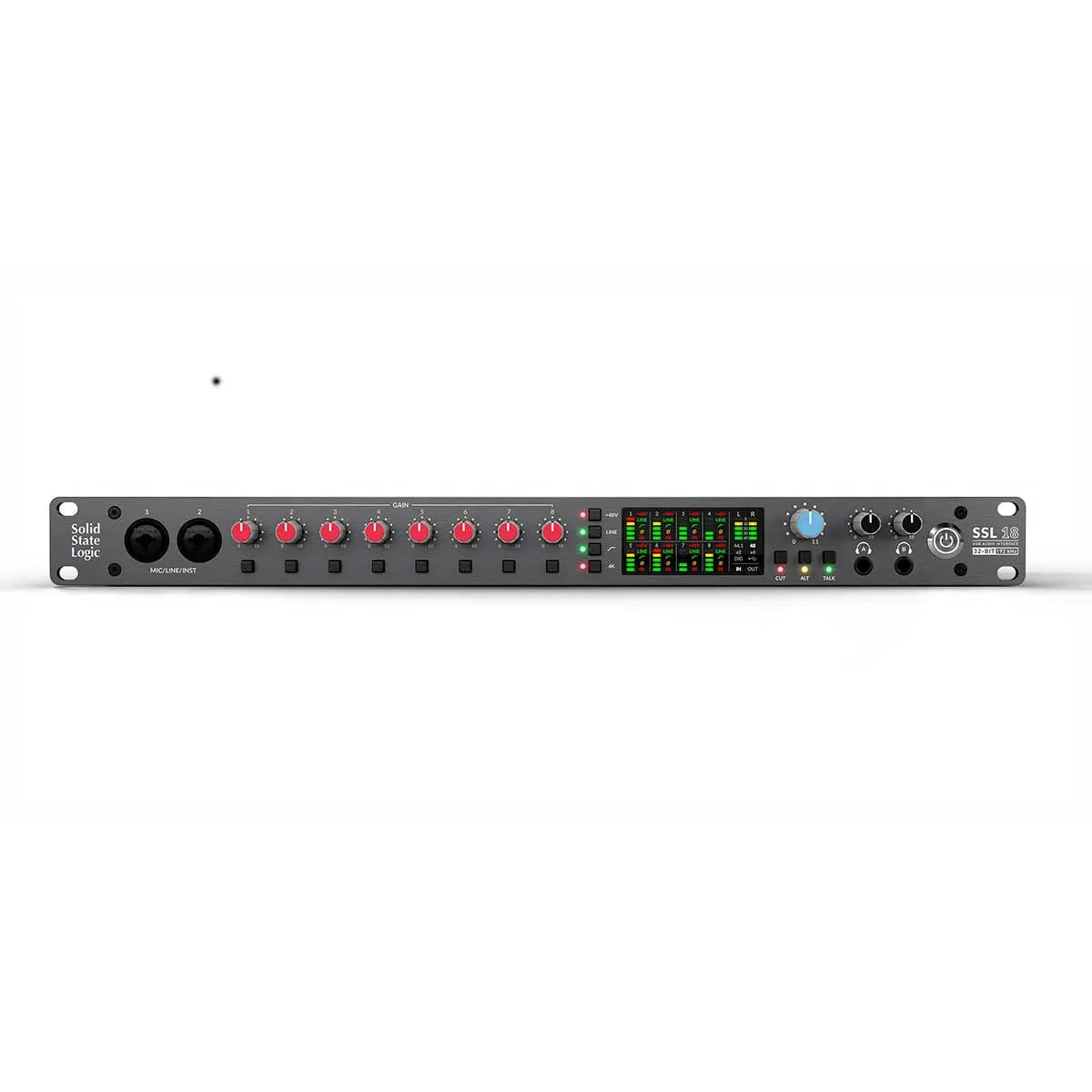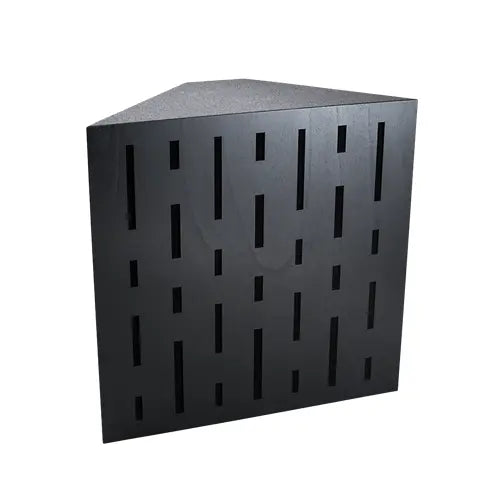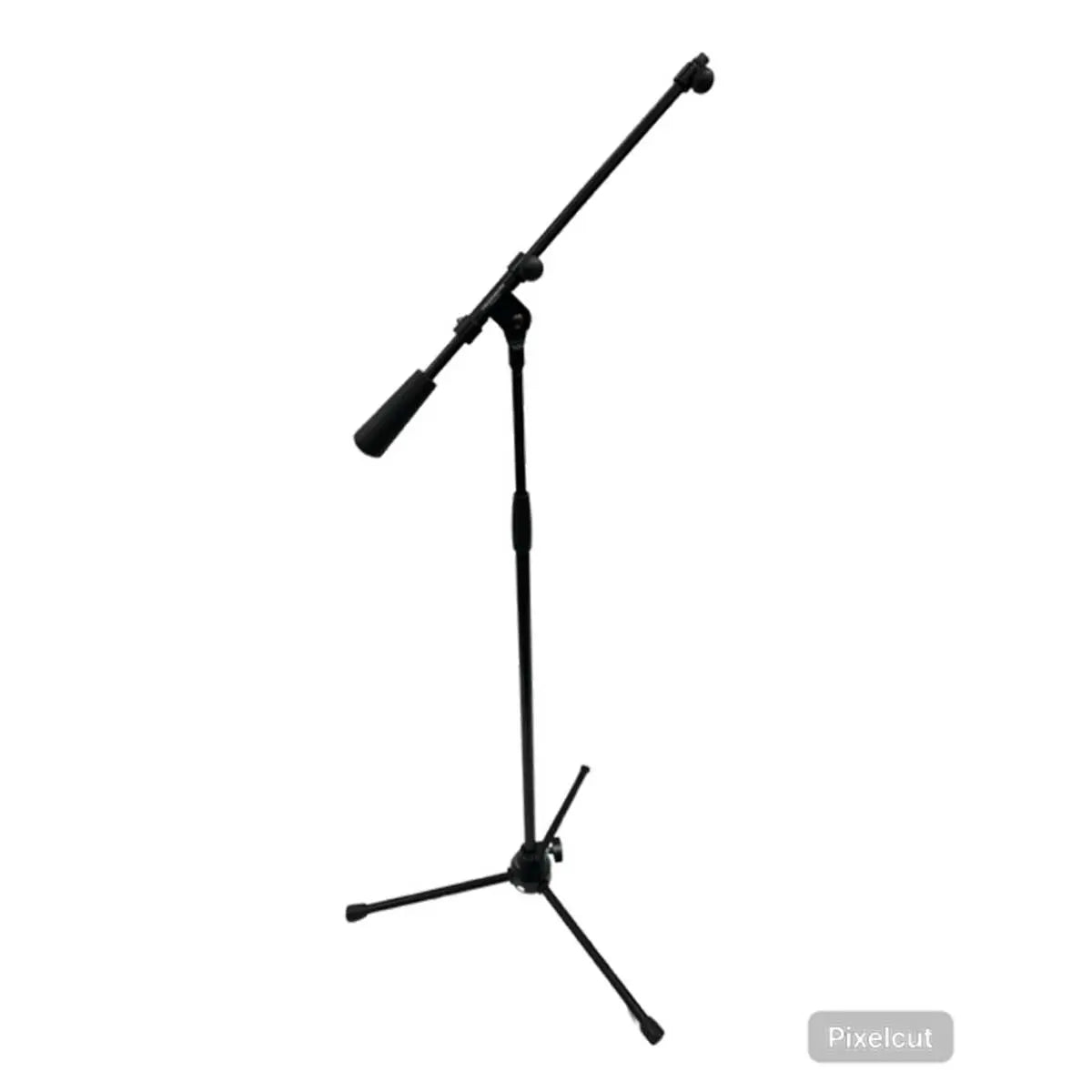A summing mixer is used in audio production to combine or sum multiple audio signals into a single stereo or mono output. It allows for the consolidation of individual audio tracks or stems, typically from a digital audio workstation (DAW), into a final mix.
In a summing mixer, each audio input is assigned to a dedicated channel or input, and the signals are mixed together using analog or digital circuitry. The purpose of a summing mixer is to create a cohesive, balanced, and full-bodied mix by blending the individual elements of a recording.
Summing mixers are commonly used in situations where there is a need for additional control and enhanced audio quality during the mixing process. They can provide advantages over summing within a DAW's digital environment by offering analog summing capabilities, which some engineers believe can impart a more natural and desirable sonic character to the mix.
By routing tracks through a summing mixer, audio engineers have greater control over the individual elements of a mix, can make adjustments to levels, panning, and processing for each channel. This can result in improved separation, depth, and clarity within the mix, as well as enhanced stereo imaging.
Additionally, summing mixers often provide features such as analog coloration options, insert points for outboard gear, and monitoring capabilities, further enhancing the mixing workflow.
It's important to note that while summing mixers can be beneficial for certain audio professionals seeking a particular analog sound, they may not be necessary or preferred for every production. Many modern digital audio workstations offer high-quality summing within the software itself, and some engineers prefer the convenience and flexibility of in-the-box mixing.
Ultimately, the decision to use a summing mixer depends on the specific needs and preferences of the audio engineer or producer, as well as the desired sonic outcome for the mix.











